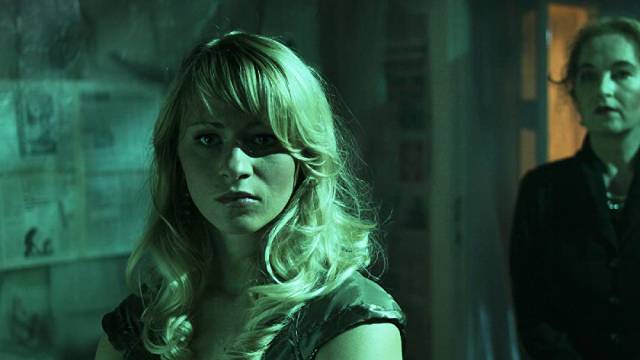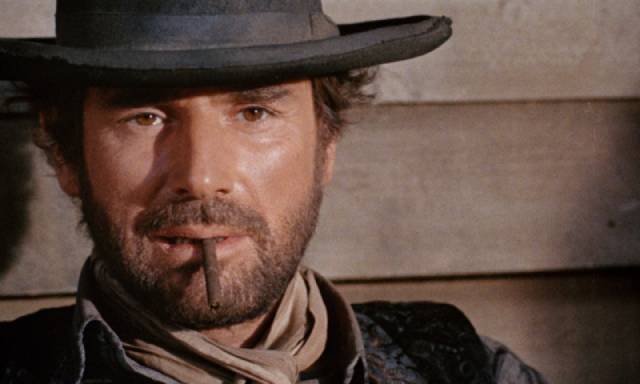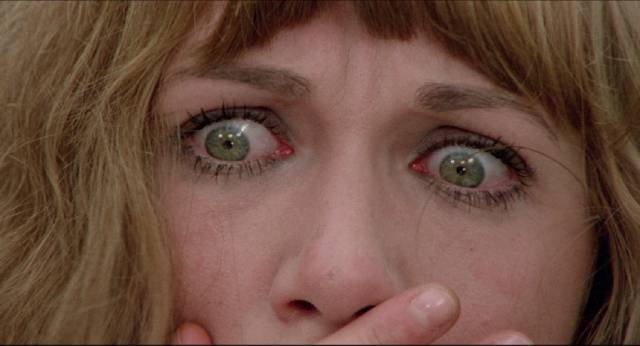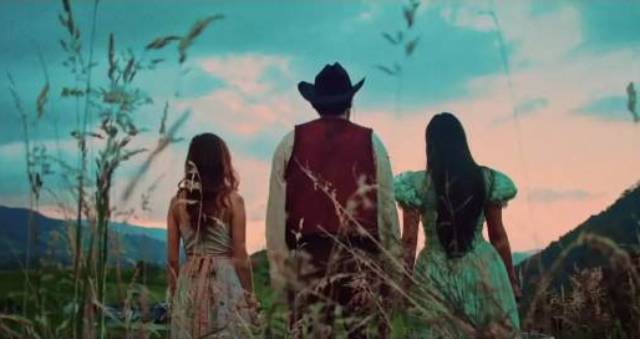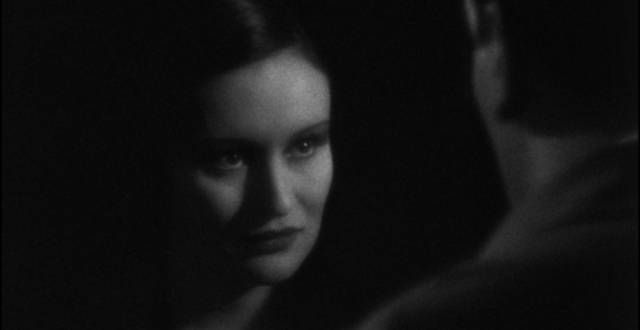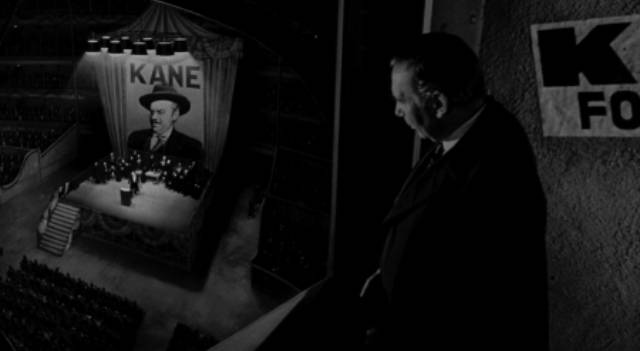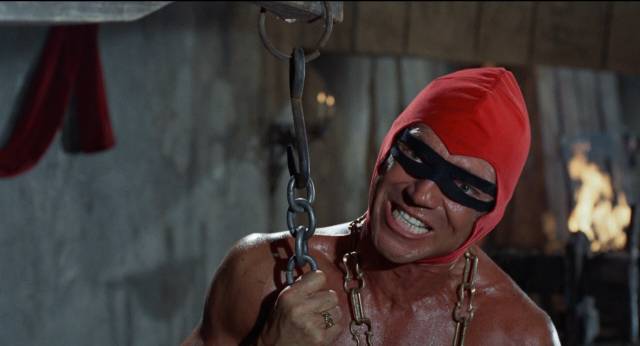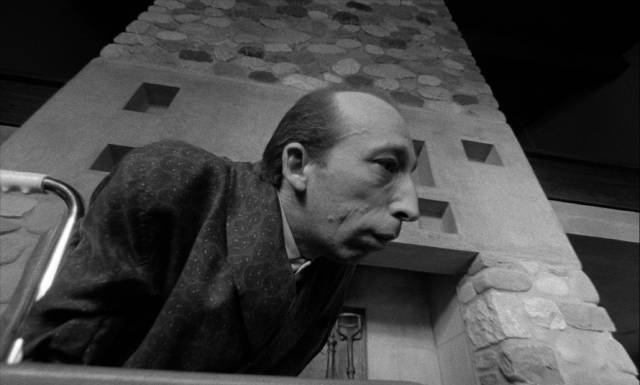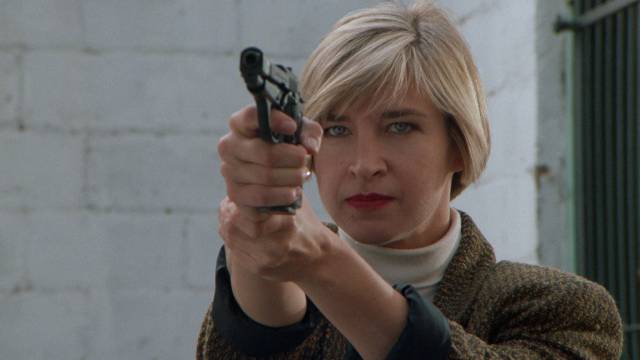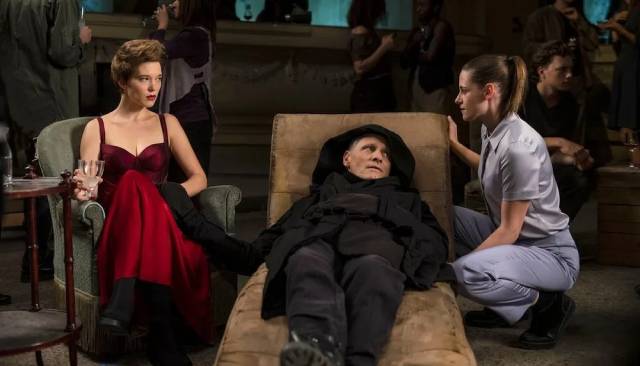
David Cronenberg returns to his roots with a new movie which borrows its title and major themes from his early experimental feature Crimes of the Future (1970); once again nature responds to destructive human activity by accelerating the mutability of the body. This time Saul Tenser (Viggo Mortensen) transforms his continually mutating body into an object of performance art, infusing the body horror with a powerful note of black comedy in the director’s best film since Crash (1986).
